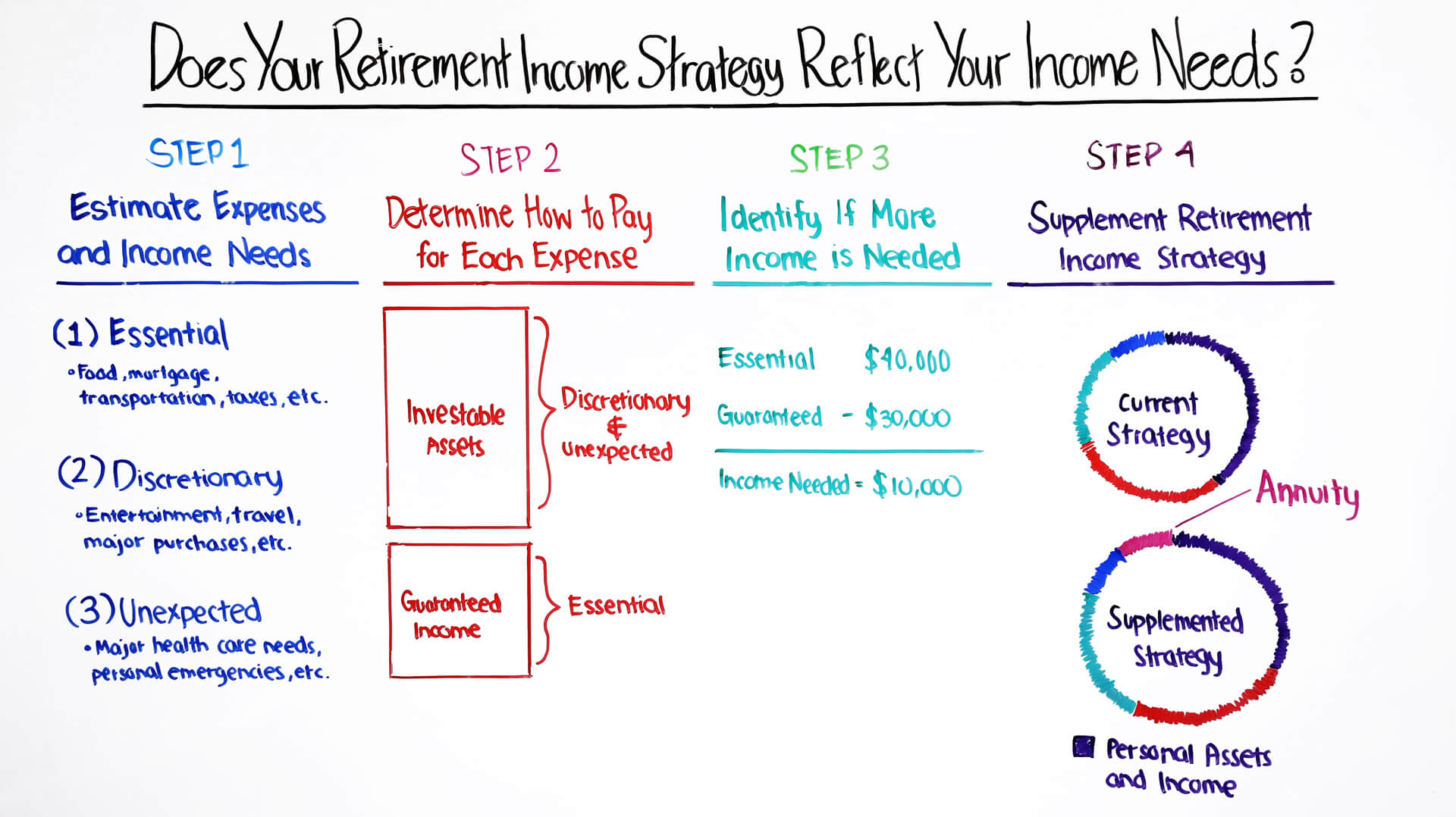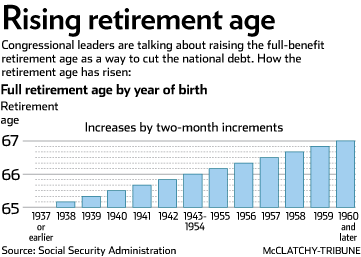
You may have heard of the "4% rule", but how do it work? This article will explain the 4% rule and how to invest. We'll also show you how to create a budget to help you save for retirement. Next, we'll examine some retirement savings options such as investing directly in a brokerage. We will also look at Social Security income replacement rates, and an hypothetical retirement scenario. Once you determine your retirement deficit, it is possible to calculate how much money you must save to reach your goal.
4% rule
The 4% retirement savings rules was created using historical data from 1926 through 1976. Particular attention was paid to severe market downturns during the 1930s. This approach was meant to allow for inflation, despite the fact that the target inflation rate is only two percent per year. The current low rate inflation makes this approach unsuitable for most investors. Today, investors should consider all options, including a mix of investments and fixed-income securities.

Social Security income replacement rates
Calculating how much you should save for retirement is based on your Social Security replacement rate. You need to know what your income was before retiring as well your current spending levels. The higher your pre-retirement income, the lower your income replacement rate will be. To be safe, aim for replacing 75% of your income once you retire. You should save at least $106,000 if you are earning $70,000 and expect to retire at 65. In order to replace your income after retirement, households earning less $70,000 should aim for at least 90%.
Investing through a brokerage account
Many investors hesitate to put money in a brokerage account as a retirement investment. In contrast to IRAs and 401 (k), brokerage accounts have no income limit or contribution caps. A brokerage account offers a variety of investment options, including stocks, bonds and publicly traded companies that are linked to commodities. However, investors must consider their risk tolerance and time horizon prior to investing.
Creating a simple budget to save for retirement
Before you start your retirement savings, you should create a budget. Compare your monthly income and expenses to determine your budget. Next, add fun expenses and other savings goals. A budget will make it easier to transition into retirement. If you're still working make sure that your old job is used as a reference. You are no longer the same person at your old job!

It's time to get serious about retirement savings
Even though you might not have thought about wealth accumulation and retirement in your 20s, it is a great time to start saving for retirement. With less expenses to worry about, you may be able to save a little extra money each month. You might be able save more. So a modest goal of $25 per calendar month in your 20s could make a significant difference for the future. You can save enough money if you start saving early enough.
FAQ
What is estate planning?
Estate planning involves creating an estate strategy that will prepare for the death of your loved ones. It includes documents such as wills. Trusts. Powers of attorney. Health care directives. These documents ensure that you will have control of your assets once you're gone.
What are the Benefits of a Financial Planner?
A financial plan will give you a roadmap to follow. You won't be left wondering what will happen next.
It gives you peace of mind knowing that you have a plan in place to deal with unforeseen circumstances.
You can also manage your debt more effectively by creating a financial plan. Once you have a clear understanding of your debts you will know how much and what amount you can afford.
Your financial plan will help you protect your assets.
How to beat inflation with savings
Inflation refers to the increase in prices for goods and services caused by increases in demand and decreases of supply. Since the Industrial Revolution, when people began saving money, inflation has been a problem. The government regulates inflation by increasing interest rates, printing new currency (inflation). However, you can beat inflation without needing to save your money.
For example, you could invest in foreign countries where inflation isn’t as high. You can also invest in precious metals. Because their prices rise despite the dollar falling, gold and silver are examples of real investments. Precious metals are also good for investors who are concerned about inflation.
How do I start Wealth Management?
The first step in Wealth Management is to decide which type of service you would like. There are many Wealth Management services available, but most people fall under one of the following three categories.
-
Investment Advisory Services - These professionals will help you determine how much money you need to invest and where it should be invested. They advise on asset allocation, portfolio construction, and other investment strategies.
-
Financial Planning Services- This professional will assist you in creating a comprehensive plan that takes into consideration your goals and objectives. Based on their expertise and experience, they may recommend investments.
-
Estate Planning Services - An experienced lawyer can advise you about the best way to protect yourself and your loved ones from potential problems that could arise when you die.
-
Ensure they are registered with FINRA (Financial Industry Regulatory Authority) before you hire a professional. If you do not feel comfortable working together, find someone who does.
How much do I have to pay for Retirement Planning
No. You don't need to pay for any of this. We offer free consultations so we can show your what's possible. Then you can decide if our services are for you.
Statistics
- As previously mentioned, according to a 2017 study, stocks were found to be a highly successful investment, with the rate of return averaging around seven percent. (fortunebuilders.com)
- US resident who opens a new IBKR Pro individual or joint account receives a 0.25% rate reduction on margin loans. (nerdwallet.com)
- Newer, fully-automated Roboadvisor platforms intended as wealth management tools for ordinary individuals often charge far less than 1% per year of AUM and come with low minimum account balances to get started. (investopedia.com)
- A recent survey of financial advisors finds the median advisory fee (up to $1 million AUM) is just around 1%.1 (investopedia.com)
External Links
How To
How do you become a Wealth Advisor
If you want to build your own career in the field of investing and financial services, then you should think about becoming a wealth advisor. This job has many potential opportunities and requires many skills. If you have these qualities, then you can get a job easily. Wealth advisers are responsible for providing advice to those who invest in money and make decisions on the basis of this advice.
To start working as a wealth adviser, you must first choose the right training course. It should cover subjects such as personal finances, tax law, investments and legal aspects of investment management. After you complete the course successfully you can apply to be a wealth consultant.
These are some ways to be a wealth advisor.
-
First, you must understand what a wealth adviser does.
-
All laws governing the securities market should be understood.
-
It is important to learn the basics of accounting, taxes and taxation.
-
After finishing your education, you should pass exams and take practice tests.
-
Finally, you will need to register on the official site of the state where your residence is located.
-
Apply for a Work License
-
Get a business card and show it to clients.
-
Start working!
Wealth advisors often earn between $40k-60k per annum.
The size and geographic location of the firm affects the salary. Therefore, you need to choose the best firm based upon your experience and qualifications to increase your earning potential.
To sum up, we can say that wealth advisors play an important role in our economy. It is important that everyone knows their rights. It is also important to know how they can protect themselves from fraud or other illegal activities.